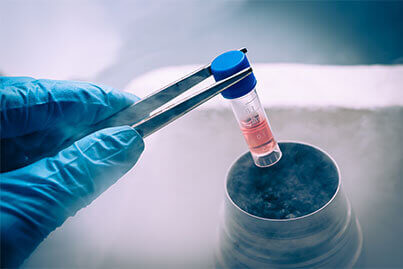Freezing Human Specimen happens to be one of the oldest methods, for preservation of genetic identity. In past too human specimen like Sperm/ Embryos/ Eggs have been frozen at a younger age for the purpose of minimizing the risk in pregnancy at a later stage of life globally.
Cryopreservation
In layman’s term, cryopreservation is ability to thaw and freeze sperm or eggs. Through this method we can preserve embryos too. Frozen tissues are stored in liquid nitrogen at a temperature below -186 degree Celsius.
Cryopreservation is a process where organelles, cells, tissues, extracellular matrix, organs or any other biological constructs susceptible to damage caused by unregulated chemical kinetics are preserved by cooling to very low temperatures, typically less than −80 °C using solid carbon dioxide or liquid nitrogen.
At low temperatures, damage to the biological material due to any enzymatic or chemical activity is effectively minimized. In Cryopreservation, we seek methods to reach low temperatures without causing additional damage caused by the formation of ice crystals during freezing. In traditional cryopreservation, the process relies on coating the material to be frozen with a class of molecules termed cryoprotectants.
Freezing Techniques
Sperm freezingis atechnique where a sperm for male partner in treatment is frozen for future use for later use in IVF or IUI.This method enables couples and ART clinic with backup in cases wherein there are chances of deterioration of sperm quality of the male partner in future due to age or other factors.
Oocyte banking
For those Females suffering from diseases that may impact ovarian production or in case a female has any other physical/ medical conditions that in future limits production of egg like treatment for cancers etc., cryopreservation of eggs or oocytes is a treatment to undertake.

Embryo freezing
Embryo Cryopreservation is used as an established alternative for ART couples, who desire to preserve embryos for future use, which can be used in case of failed pregnancy attempt or for future planning of other pregnancies or in case of one failed embryo transfer. As fertility factordeteriorates with age in normal couples, this happens more-so with higher intensity in case of Couples having fertility issues.
Another basic benefit of embryo freezing is that embryo can be thawed and transferred in natural manner whenever required at any age.
Process of Cryopreservation of Embryo’s/ Sperm/ Oocytes:
- Initially it involves screening of people whose genetic specimen i.e. sperm/ egg isto be stored, also in case for creating embryos to be frozen.
- Fast freezing procedure known as Vitrification is also used, wherein the genetic specimen including embryos will go for instant solidification to minimize damage due to ice crystals’ formation etc.
- In case of ART treatments being commenced, unused embryos/ sperm/ oocytes are frozen and stored. Aliquid also called cryo-protectant is added for protecting the genetic specimen while undergoing freezing procedure.
- Usually, method of slow freezing is undertaken and embryos are frozen at a temperature around -196 degree Celsius.
- Screening is done to determine infectious diseases like HIV, Hepatitis and other such conditions and also to determine the quality of genetic material.
Shipping of Cryopreserved Genetic Specimen:
- This process is carried out by Reputed Organizations who have previous experience in handling of genetic specimen
- Such specimen in shipped in Nitrogen Tanks and in controlled temperature environment
How long can you store the embryos for?
It is recommended normally that such specimen is to be in frozen state for a maximum period of around 10 years. However, there is no limitation to this time period and can be utilized whenever based on woman’s treatment, the donor or partner.
